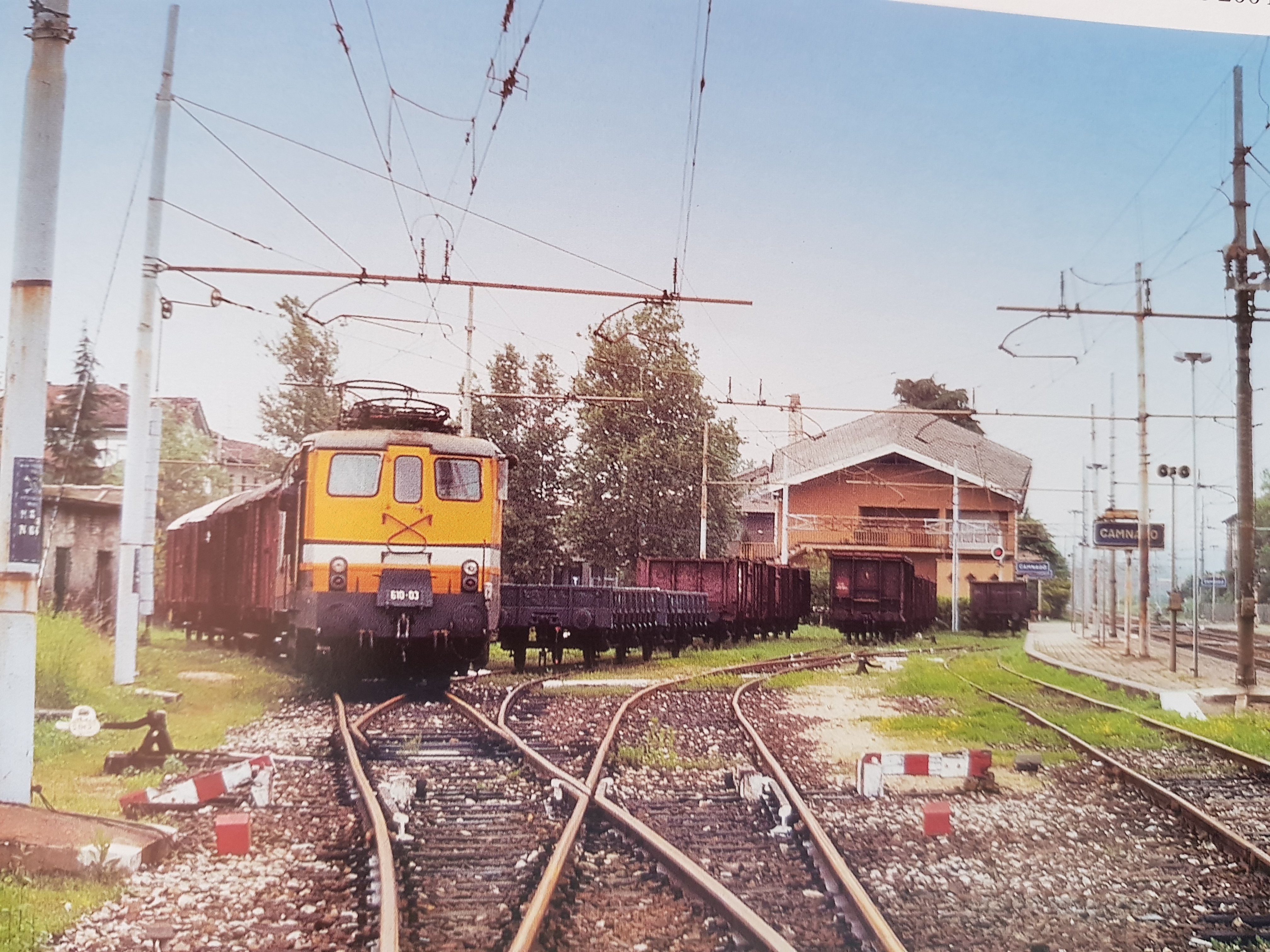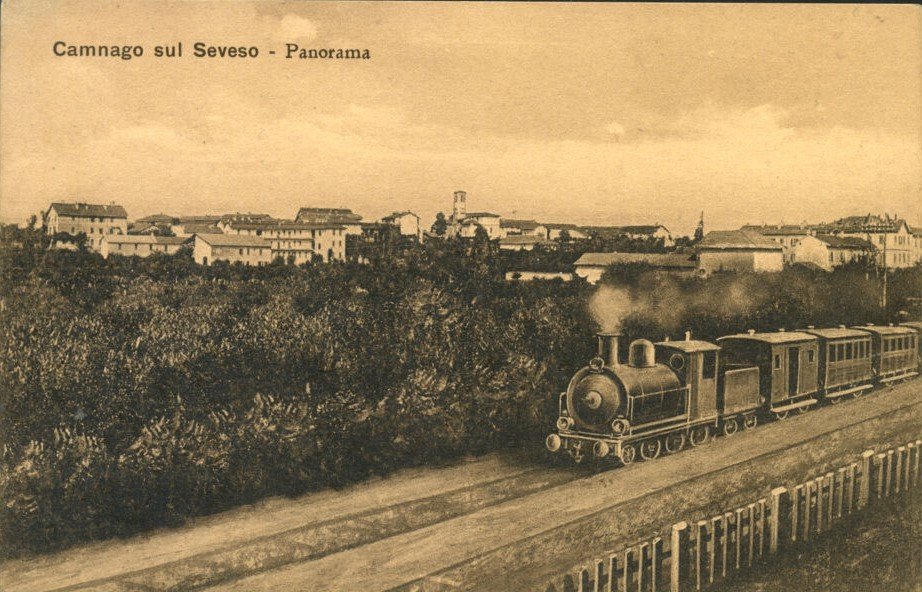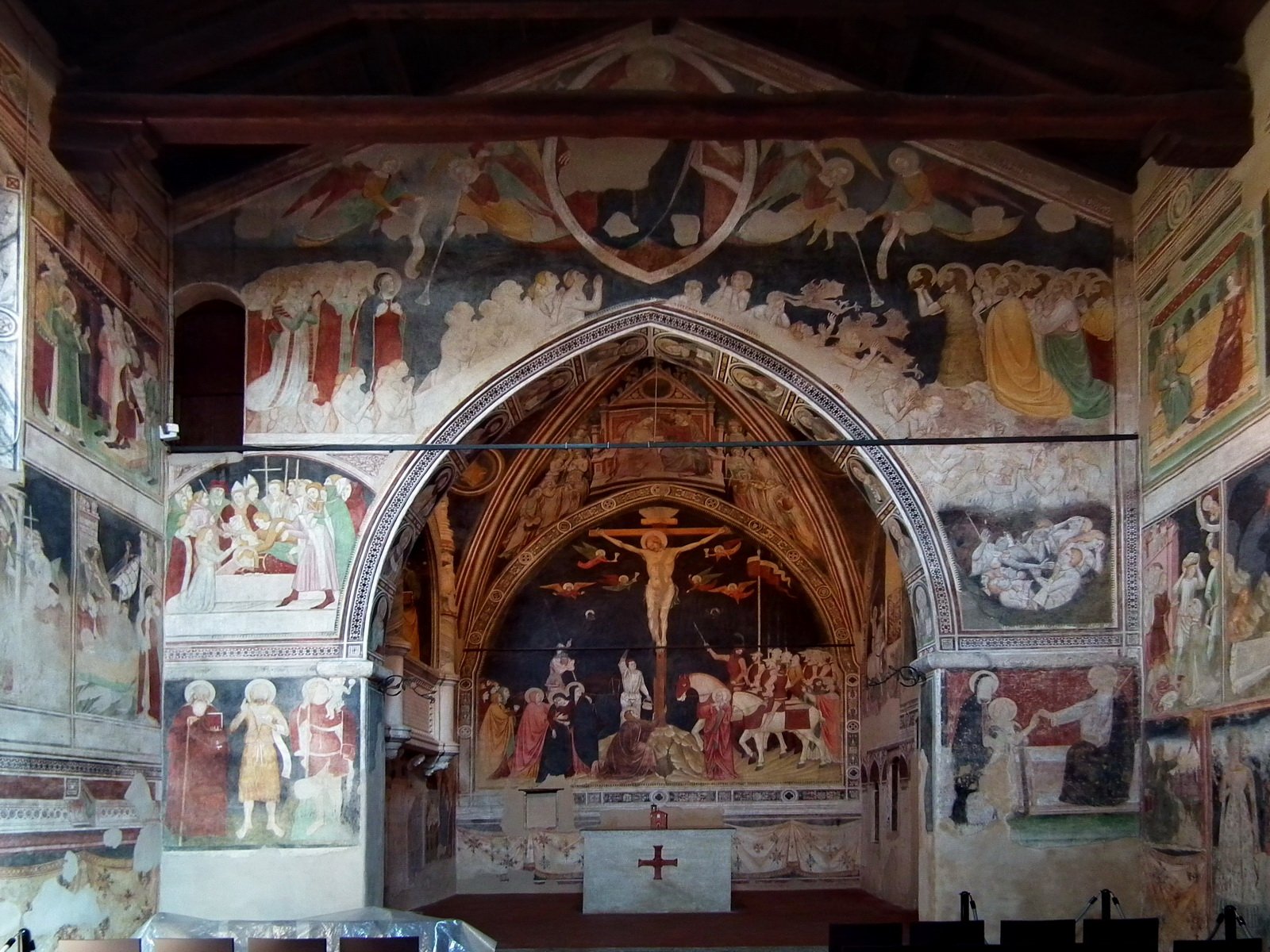Camnago


Camnago was an ancient town in the Milan area officially recorded in 1751 as a village with its own institutions. Although the town had its own parish, the edict reforming Milanese administration issued in 1757 by Empress Maria Teresa annexed it to Lentate, in a rare example of the Austrian sovereign abolishing an ecclesiastically independent town.
Camnago-Lentate station is a railway station serving the town of Camnago, part of the municipality of Lentate sul Seveso. It is situated on the Chiasso-Milan line, run by the RFI, and is the start of a short connecting line to Seveso station, where it merges into the Milan-Asso line run by Ferrovienord. The station was opened in 1849, with the opening of the railway line from Monza to Como. It became a branch station in 1880, with the opening of the short Seveso-Camnago link. This connection was built mainly for goods trains, but it was also used for some local passenger trains until 1955.
Gallery

View of Camnago on a vintage postcard 
Camnago station as it is today 
Santo Stefano stands next to the parish church of Lentate sul Seveso. The oratory’s most significant fresco is the Crucifixion by Anovelo da Imbonate, of the school of Giovanni da Milano (who was a pupil of Giotto), who also painted the vaults and the Man of Sorrows on the lunette above the entrance.